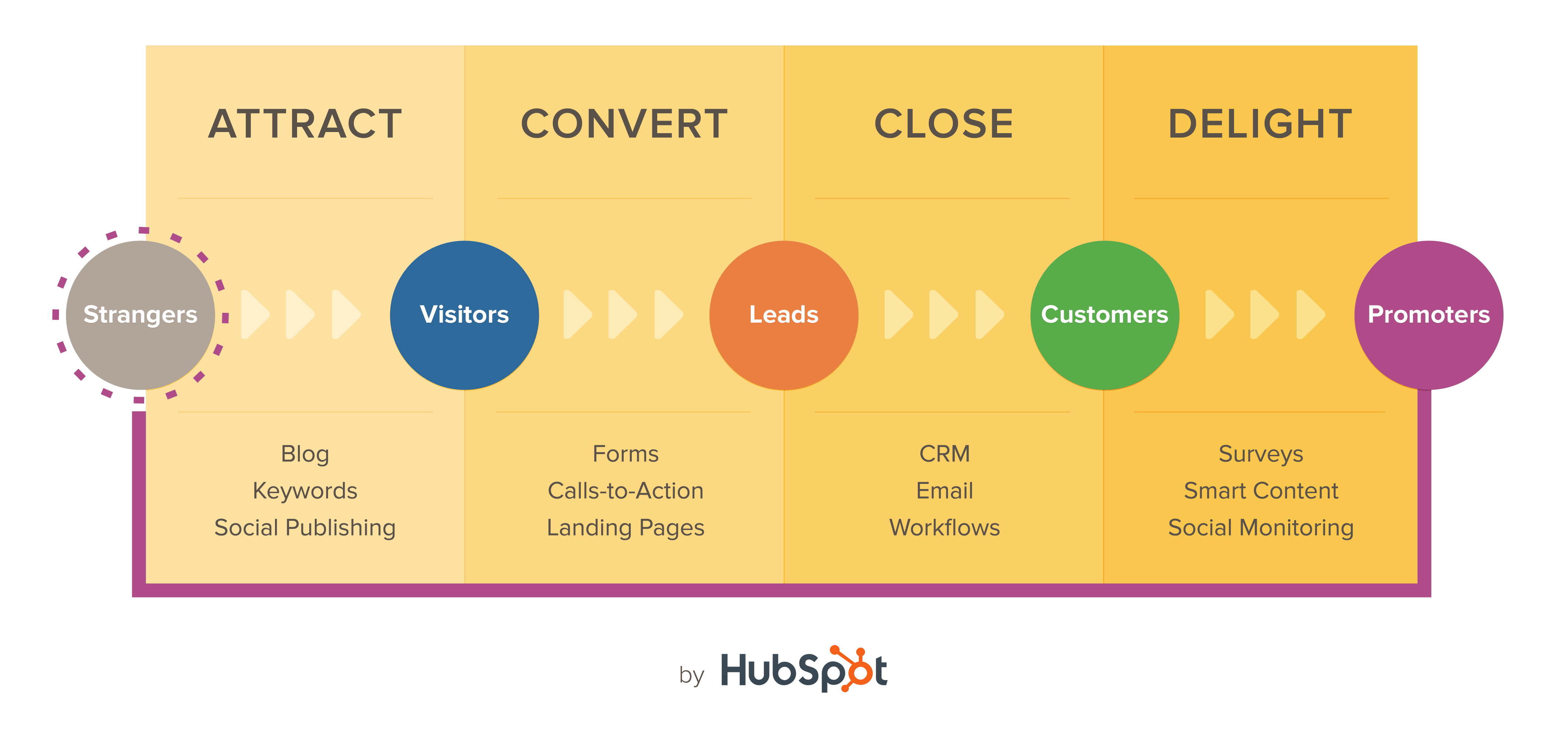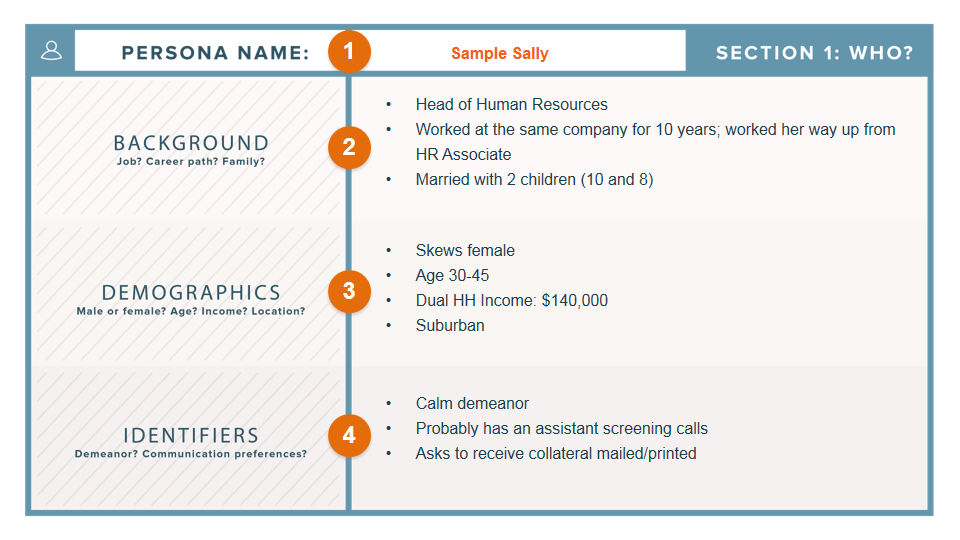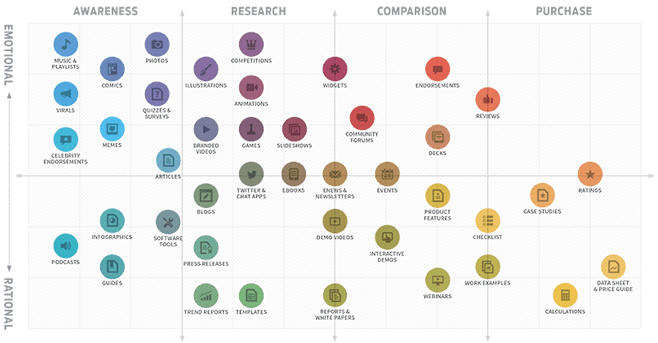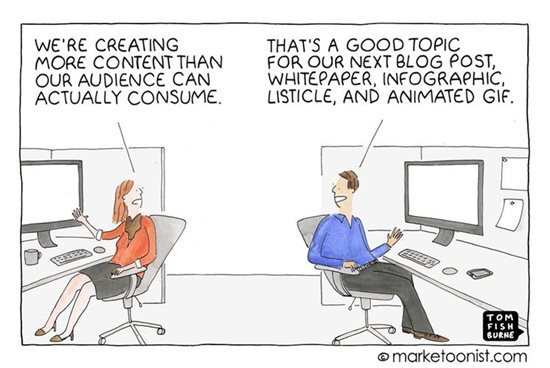You may have heard a thing or two about content marketing. It’s quickly become the modern marketing strategy for companies of all shapes and sizes. CMOs are rushing to hire writers, in many cases former journalists, to crank out keyword-laden content to drive awareness and demand. But while content marketing has certainly gone through the hype cycle, in many ways, it isn’t anything new. Marketing has always been about solving problems for buyers. The only difference is the Internet created a more even playing field for smaller companies to compete with larger ones on the basis of content. Buyers are increasingly researching solutions to their problems online, and companies are increasingly found by their digital footprint. Content marketing is merely a way to expand that digital footprint so you are more likely to get found. However, before you embrace content marketing and start creating assets at scale, make sure to ask yourself these three questions first.
>> Related: So, You Wrote Some Content. Now What? <<
1. Define Your Content Marketing Goals
Before you create a new asset, figure out why you need it, and how you’re planning to use it to achieve one of your content marketing goals. Choose 1 of the following 4 content marketing goals, which are aligned with the different stages in the buyer’s journey:


- Acquisition: generate web traffic, social shares, and/or other high-level engagements
- Conversion: drive conversions, where previously anonymous visitors turn into actual leads
- Nurturing: convince leads that they should become your customers
- Engagement: provide ongoing learning and delight amongst your customer base
It’s easy to skip over this step, especially when you’re rushing to get content out the door period. But it’s important to determine the stage in which each asset will be used, because that will inform how you measure its success or failure over time. If you create an infographic and then get frustrated because prospects who view the infographic aren’t any more likely to convert to opportunities than prospects who don’t view the infographic, you might come to the conclusion that “infographics don’t work.” But that’s not necessarily the case because infographics are typically used much earlier in the buyer’s journey, so the right performance metrics would be traffic and social shares (possibly also leads influenced if you’re using secondary CTAs).
Setting the right goals is also important when communicating your performance to sales and the executive team. When the CEO asks how content marketing is doing, but you know he’s really asking how many leads have you generated from all that blogging you’re doing, you need to manage expectations. Educate them on the different stages in the buyer’s journey, and show how you’re working on different assets to match each stage. Then measure your performance against the metrics for each stage so you can show what’s going well, and what still needs improvement.
2. Determine Your Target Audience
Okay, so you have an idea in mind for a best practices guide and you correctly identify that its purpose is to generate leads. Now, who’s it for? If you aren’t using personas at your company, now’s a good time to do so. While defining your buyer personas can easily become a significant effort, especially if you’re trying to drive alignment and understanding across multiple departments, it doesn’t need to be. Just write down the 3-4 different kinds of people you’re marketing to, and then pick the ONE that this asset is for. Why just one? Because the whole idea of content marketing is to help prospects solve their problems, and you can’t really be helpful when you’re talking to different kinds of people at the same time.


3. Choose Your Format(s)
Okay, so you’ve got the idea, the persona, and an outline together for your new asset, a best practices guide. Now you need to decide what format to use – is it an ebook? A podcast? A webinar? The format will dictate how you layout the remaining content, how quickly you can go live, who needs to be involved, and how you promote the new asset. For example, I haven’t had a lot of success promoting webinars through PPC but ebooks perform very well. While certain formats are more appropriate for different stages of the buying cycle, you will know best which formats resonate better with your audience. Use the graphic below as a guide, and combine that with your own experience to settle on the right format for your new asset.


All Things Considered
There’s a lot more to content marketing than just content creation. To make content work for you and drive the results you’re looking for, you need to make sure to you set the right goals, write for one persona at a time, and leverage appropriate formats. If you’re disciplined in these three areas, you’ll be well on your way to driving demand from inbound.
Real talk: you don’t need another infographic!
This Buyer Journey template maps what content (and what formats) you need for each stage of the buying process.




